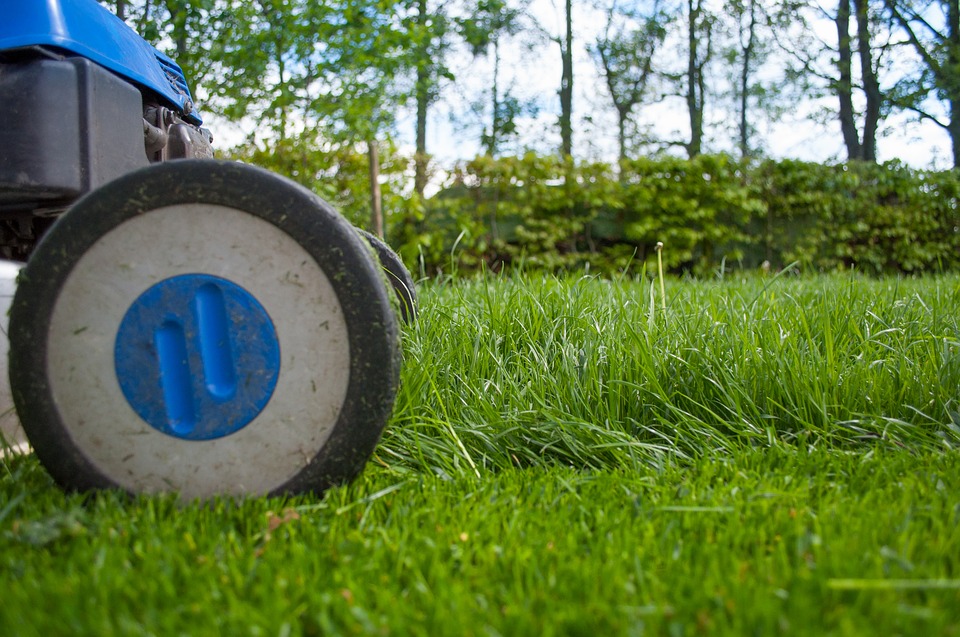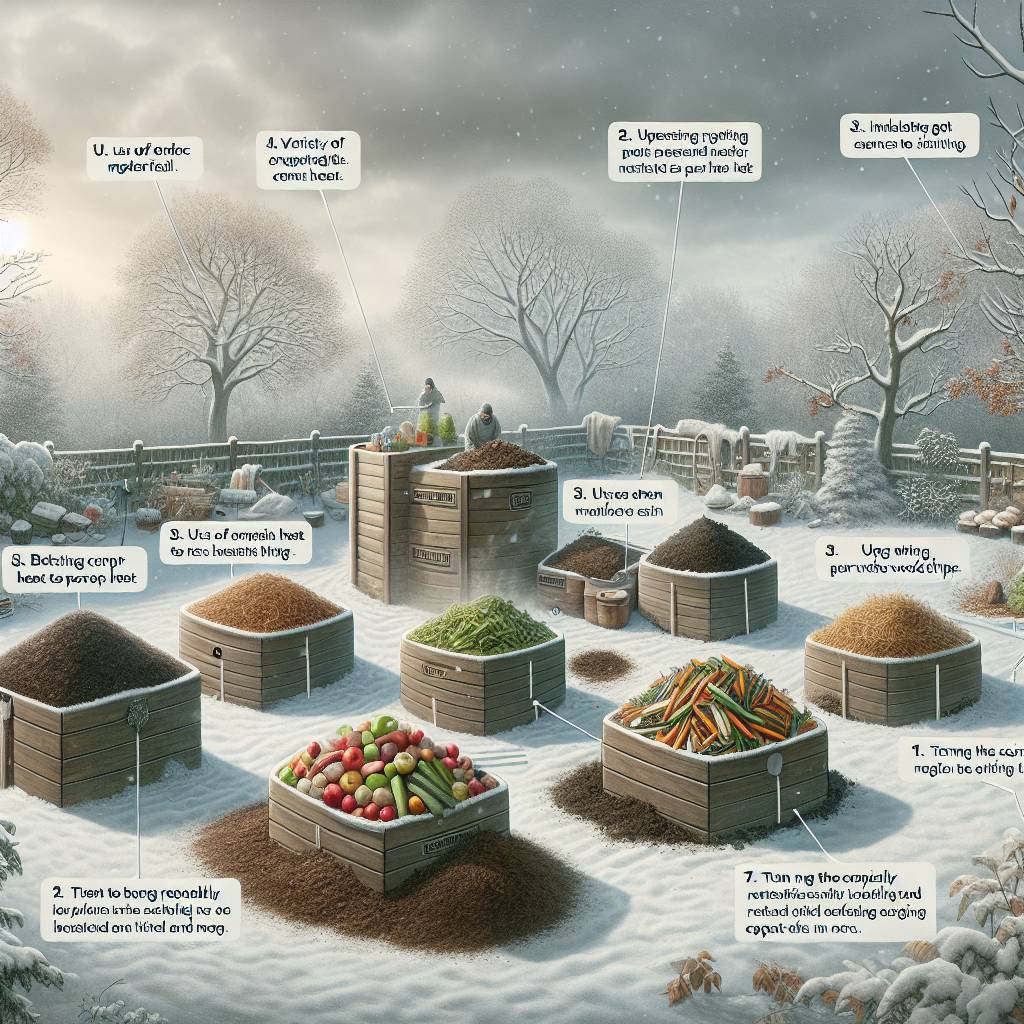Introduction
You’ve finally unlocked a new achievement: having a dream home to share with your family. But then, as days and weeks go by, you realize that your dream home is not so dreamy after seeing dirt and debris piling up on your yard.
So yes, having a wonderful home comes with a lot of responsibilities. One of that is cleaning up your lawn. Some may enjoy doing this, while others don’t. If you love to have that “me time,” then this is one of the perfect ways to do it. But if you don’t, no need to worry! We have a great way for you to clean up your yard without putting all those debris inside trash bags and wait for the garbage truck to come along. What’s more, you can actually put that debris to good use!
I. Wood Chipper: What Is It?
Do you remember years ago when you can easily burn off any scraps and debris from your backyard? Due to environmental issues, we can no longer do that anymore. Instead, we put them in trash bags. In some places, it’s not even allowed to put those bags outside the homes for garbage trucks to pick up. So, what can one do to solve this issue?
This is where wood chipping machines come into the picture. They are useful powered tools that will turn huge chunks of wood into smaller ones. They’re really useful in removing large woods, branches, and even unwanted trees on your area. You can also use them in various ways, as well as provide you with several options on what to do on those woods you have chipped.
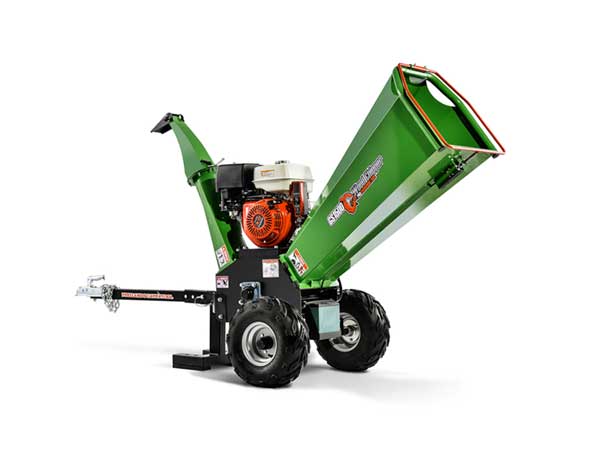
Wood chippers are built with sharp blades. They function like razor teeth and will slice and mulch the wood, leaves, and grass on your yard. They will also help you clean up quickly from the task so you’ll have a flawless lawn in just a short period of time.
They’re also built with belts and other mechanical parts, which allow you to feed in those that you have cut down. These can be as tiny as leaves or as big as tree branches and bushes.
II. Why Do You Need One?
Using a wood chipper comes with a lot of benefits. Here are some of them:
1. Wood chippers promote convenience.
As already mentioned earlier, using a wood chipper eliminates the need for using trash bags for the scraps and debris when cleaning up your yard. Also, you can get all the cuttings in one place, instead of the traditional sweeping and picking them up. This helps you save a significant amount of time and energy spent on cleaning your lawn.
2. They help produce useful organic materials.
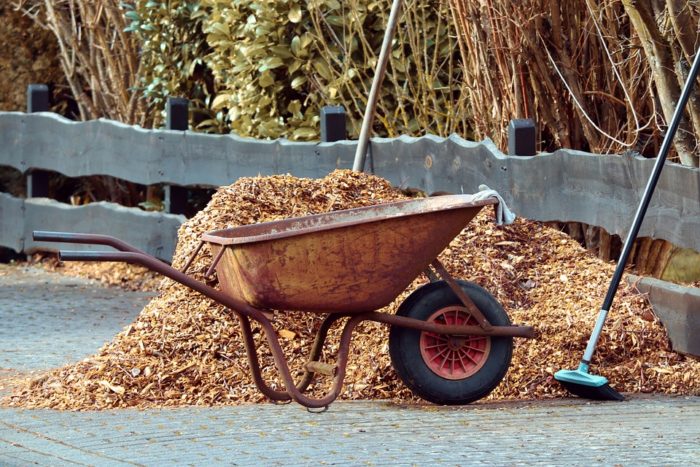
Some of the materials that wood chips are used to make are the following:
Compost
By using the shredder, you can make compost out of the cuttings from the wood chipper. Mixing and pulverizing shredded wood and other compostable materials can turn these into fertilizers that you can use in your garden.
Mulch
This machine can also help in making mulch. This is another way to save yourself from going to the store and buy fertilizers for your garden and flowering plants.
Biofuel
Another useful material wood chippers can help make is biofuel. The process may be a bit more complicated for this. Special enzymes are used to change the wood chips into ethanol. The process may take a while to complete. Nevertheless, it’s still a useful material.
Pressed Wood
Wood chips can make pressed wood, which in turn is useful in making a number of things. This will include pallets, furniture, and even veneers. If you’re interested in making materials from pressed wood, then you can well do so with the cuttings from your wood chipper. If not, you can sell them to those who’ll use them to make other materials.
III. How Does It Work?
When handling a wood chipper, it’s imperative that you know how it works. To have a full understanding of the machine, let’s take a quick look at its different parts.
1. The Engine
The engine is powered either by electricity or fuel. If you have an electric one, you’ll find it with a cord that you’ll need to plug to an outlet. The engine is necessary for the crankshaft to turn within the machine.
2. The Drive Belt
When the crankshaft starts working, it will either connect or disconnect the clutch. Once the engine arrives at a particular rotations-per-minute or RPM, the clutch will connect. This will then trigger the drive belt to move.
3. The Impeller
The machine’s blades are attached to the impeller. It is set in motion by the drive belt, which will make the blades move.
4. The Material
As the blades are in motion, you can now begin feeding the materials into your wood chipper. These materials will go through the hopper, which will lead them to the impeller and the blades. These will slice your materials into tiny pieces.
5. The Chute
For the materials to get out from the chute, the machine will use fins found at the back of the impeller in correlation with the air flow. This will push the materials out of the chute so they’ll go down in whatever angle you have set up for them.
The structure of your blades will most likely be different. This is because it will vary depending on the type and brand of the machine you have. However, the overall function is generally the same and all wood chippers are excellent solutions for your lawn debris problem.
Check this video out to see how a wood chipper works.
IV. What Is the Proper Way to Use a Wood Chipper?
When using lawn tools and machines, most of them are easy to operate. Just by reading the manual and instructions, you can use most of them right away. However, we have laid out some important tips to keep in mind so you can use your wood chipper at its maximum performance with low chances of accidents.
1. Make sure to position your wood chipper on the ground.
This is to make sure that it is stable and will not tilt or cause you to tip over while using it.
2. Never forget to check the power source of your wood chipper.
If you’re running a fuel-powered machine, make sure you have enough fuel to finish the task. If you have an electric wood chipper, check the cord that it’s not damaged and that it’s plugged properly to your outlet.
3. Double check the chute and deflector.
Before turning your wood chipper on, make sure that both the deflector and the chute are set to the proper speed and direction that you want the materials to be released. This is to avoid the cuttings from being released too close to the ground, which may cause accidents and a lot of mess. At the same time, you don’t want the debris to land too far away, which will also create a lot of mess.
4. Control the materials that go into your wood chipper.
Once you have everything in place and you are 100% sure that it’s safe to start your machine, then you can now start doing the job. Never go beyond the recommended size when feeding into your chipper. If a twig or small branch is not going through properly, you can use a small stick and give it a push.
When feeding twigs and branches, make sure that the end part is not sharp. This is to avoid any potential accidents that may happen in the case the chipper spits out the material.
5. Feed the green and dry leaves simultaneously.
When feeding leaves to the chipper, it’s a good idea to mix them. Do not separate the dry and green leaves. The green leaves will provide moisture, which will make the task easier for your wood chipper.
V. What Are the Safety Procedures to Follow?
No matter what type of powered machine you’re operating, following the safety procedures is always a must. This will not only help you finish the task smoothly but will also prevent you from serious accidents.
1. Safety Clothing

There’s no special clothing required when handling the wood chipper. However, it’s utterly important that your clothes have the proper fit. This means they should not be too loose and your pants should not be too baggy. This is to avoid any of your clothing to get into the blades of the chipper. Also, avoid using clothes that have strings, laces, and others that may also go into the chipper.
In addition, always wear the following safety gears:
- Safety gloves – This is to prevent you from getting cuts and scratches will doing the task.
- Safety goggles – This is to keep the cuttings from getting into your eyes that may cause serious injuries.
- Boots – To protect your feet in case branches and twigs land on your feet.
2. Undivided Attention
Your full attention should be on the machine once you start operating it. Don’t get distracted by anything as accidents could happen in seconds. This is especially important as you will be operating a powered tool with sharp blades.
3. Careful Operation
Never forget to turn off the machine after you use it. Never leave it running even if you’re just going to leave it for a while. Make sure that you have nothing else to do when starting the job. If you remember that you have to attend to something and the machine is already running, it’s better to do it after. If it’s really important, turn off the machine and do it later on.
Also, when using the machine, make sure there are no people around and there’s no traffic outside your lawn. This is to avoid twigs, branches, and sharp objects flying accidentally and causing serious injuries and damages.
4. Proper Maintenance
Following safety procedures and using the wood chipper properly is essential. However, maintaining it well is equally important. Check for dirty oil, dull blades, rusty spark plugs, and other issues that may compromise your wood chipper.
Arrange a schedule and clean your wood chipper regularly. Also, follow regular maintenance to ensure that all parts are working properly.
VI. Are There Other Safety Tips to Consider?
Aside from the ones mentioned above, written below are other basic safety tips that most beginners tend to neglect. If it’s your first time to handle such equipment, it’s strongly recommended that you observe the following:
1. Read the manual.
Even though you have worked with other lawn equipment, it’s still a must that you read the user’s manual. By reading it, you’ll learn and be aware of how it properly works, the requirements, and the potential dangers that could happen.
2. Check your perimeters.
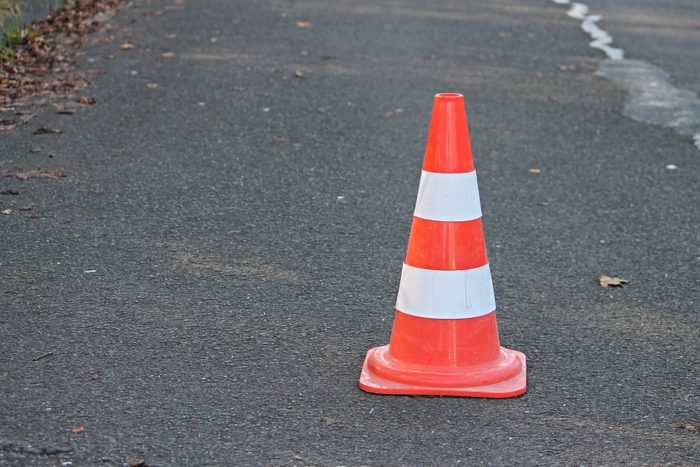
Aside from working with no traffic and people nearby, also check for obstructions on the ground. These could disrupt the operation of your equipment and might cause accidents and injuries. To be more certain, you can put up warning signs or cones so people will be more careful when passing by. This is strongly recommended if it’s your first time operating a wood chipper.
3. Work with someone.
If you’re a beginner, it will make a huge difference if you work with someone who has experience operating the wood chipper. You can ask them to be alert in case something happens. They can also guide you while feeding the debris to your equipment. This will greatly help prevent any accidents from happening.
4. Begin with the lowest mode.
Turning your chipper on while in the lowest setting will allow you to inspect your chipper. If you hear weird sounds, then something might be wrong with it. You can hire someone to inspect it first before using it again.
5. Maintain your distance.
Even when wearing the right clothes, you still need to maintain your distance. This is just extra precaution while you’re feeding the materials to your wood chipper.
VII. Conclusion
Not everyone likes cleaning the lawn. The good news is, there are now many powered tools readily available to make the work faster and more efficient. While these machines are useful, they also come with huge responsibilities. With the Austter wood chipper utmost safety should be observed. Hopefully, the information provided here will help you operate your new favorite lawn powered tool with ease and security!
